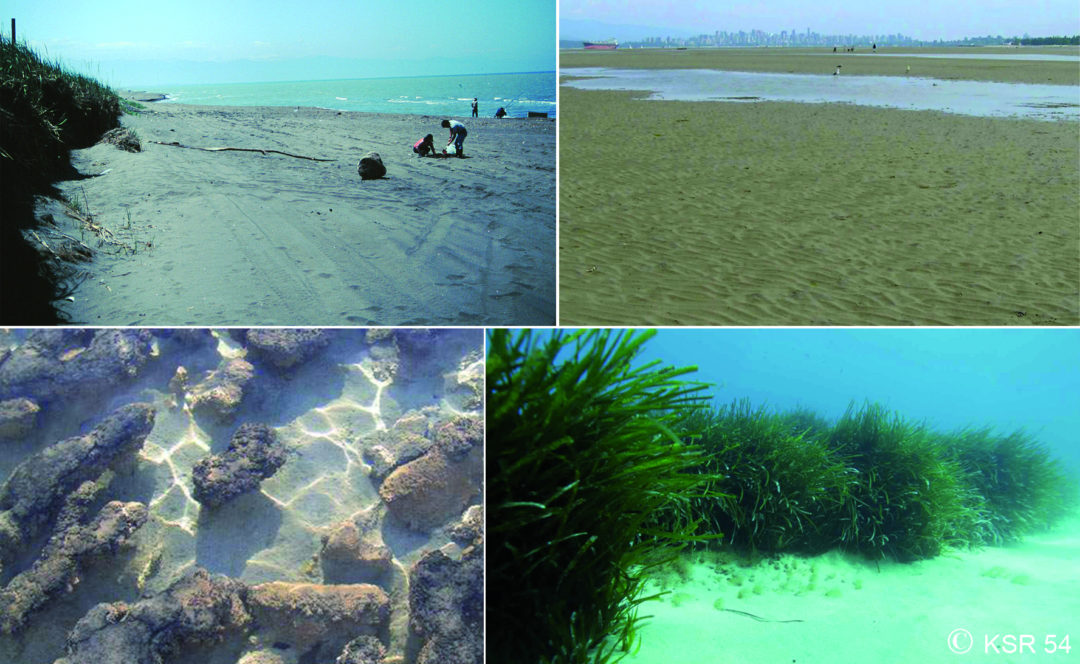Research
Taxonomy, phylogeny, biodiversity, and biogeography of sand-dwelling dinoflagellates
Taxonomy and ecology of marine, sand-dwelling flagellates of the Northfrisian Wadden Sea, Germany was my PhD study at the Wadden Sea Station Sylt, AWI. This project was the first account of the interstitial flagellate species of the German Wadden Sea and the diversity was unexpectedly high. In total 141 flagellate taxa were distinguished, of which 105 were presented in my thesis. 64 species out of 18 genera of dinoflagellates were recorded. 31 species were identified, 10 described as new, and 23 classified as spp. Additionally 52 species of euglenids out of 13 genera were recorded, of which probably 11 taxa were undescribed at that time. Furthermore 17 flagellate taxa were mainly identified to genus level, belonging to bodonids, cryptophytes, raphidophytes and to protista incertae sedis. The interstitial dinoflagellates and euglenoids are mainly consumers. 70 % of the dinoflagellate and over 90 % of the euglenoid species were heterotrophic. Also temporal and spatial distribution patterns of dinoflagellate species were investigated. A maximum of 1.5 x 107 cells of dinoflagellates per 1sqm (investigated depth was 5 cm) were counted. In average 5 to 9 x 106 cells were found.
Over the years following this study until today I continued investigating the biodiversity and biogeography of marine sand-dwelling dinoflagellates from all over the world. At present about 160 benthic species out of 35 genera are described. Some of the diversity is visible in the database micro*scope (marine benthic dinoflagellates worldwide, marine benthic dinoflagellates from BC Canada, marine benthic dinoflagellates from NW Australia). I am author or coauthor of several newly described marine benthic dinoflagellate taxa. Additionally I started to do molecular phylogenetic investigations of some sand-dwelling dinoflagellates together with my Canadian colleagues, Juan Saldarriaga and Brian Leander, from the University of British Columbia.
